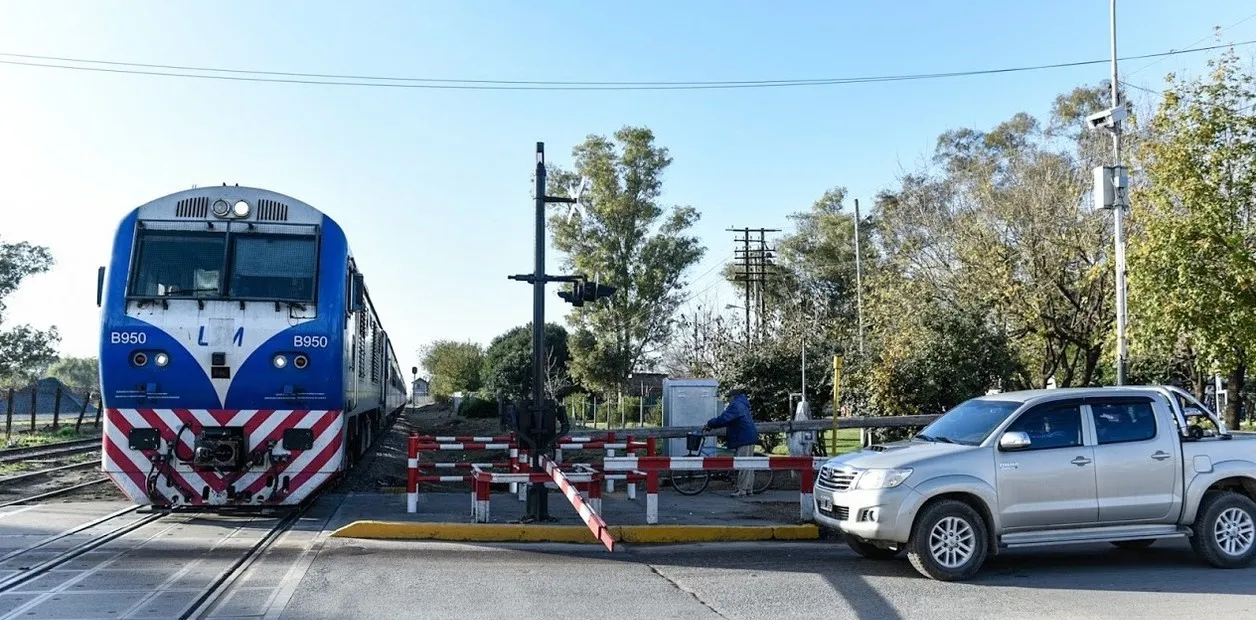New York City is to get additional automatic licence plate readers (ALPR) and more charging points for electric vehicles. NYPD Commissioner Raymond W Kelly announced the project to install automatic licence plate reader (ALPR) cameras in all traffic lanes on all bridges and tunnels that serve as entrances and exits to Manhattan. The NYPD already has complete coverage on the several bridges and tunnels in the city, and additional cameras will be added to cover other locations. The department has also mounted
May 29, 2013
Read time: 2 mins

New York City is to get additional automatic licence plate readers (ALPR) and more charging points for electric vehicles.
NYPD Commissioner Raymond W Kelly announced the project to install automatic licence plate reader (ALPR) cameras in all traffic lanes on all bridges and tunnels that serve as entrances and exits to Manhattan. The NYPD already has complete coverage on the several bridges and tunnels in the city, and additional cameras will be added to cover other locations.
The department has also mounted a high resolution camera on an NYPD helicopter, with sophisticated down-link technology to provide real-time, high-quality video of incidents.
New York is also to install more than 360 electric vehicle charging stations as part of the Charge NY initiative to create 3,000 public and workplace stations over the next five years and to put 40,000 plug-in hybrid vehicles on the road throughout the state to help reduce fossil fuel use. Announcing the project, Governor Andrew Cuomo said, “Building this network of charging stations will encourage New Yorkers to use fuel-efficient alternatives like electric vehicles as well as grow the green industry and jobs in the state.”
NYPD Commissioner Raymond W Kelly announced the project to install automatic licence plate reader (ALPR) cameras in all traffic lanes on all bridges and tunnels that serve as entrances and exits to Manhattan. The NYPD already has complete coverage on the several bridges and tunnels in the city, and additional cameras will be added to cover other locations.
The department has also mounted a high resolution camera on an NYPD helicopter, with sophisticated down-link technology to provide real-time, high-quality video of incidents.
New York is also to install more than 360 electric vehicle charging stations as part of the Charge NY initiative to create 3,000 public and workplace stations over the next five years and to put 40,000 plug-in hybrid vehicles on the road throughout the state to help reduce fossil fuel use. Announcing the project, Governor Andrew Cuomo said, “Building this network of charging stations will encourage New Yorkers to use fuel-efficient alternatives like electric vehicles as well as grow the green industry and jobs in the state.”










